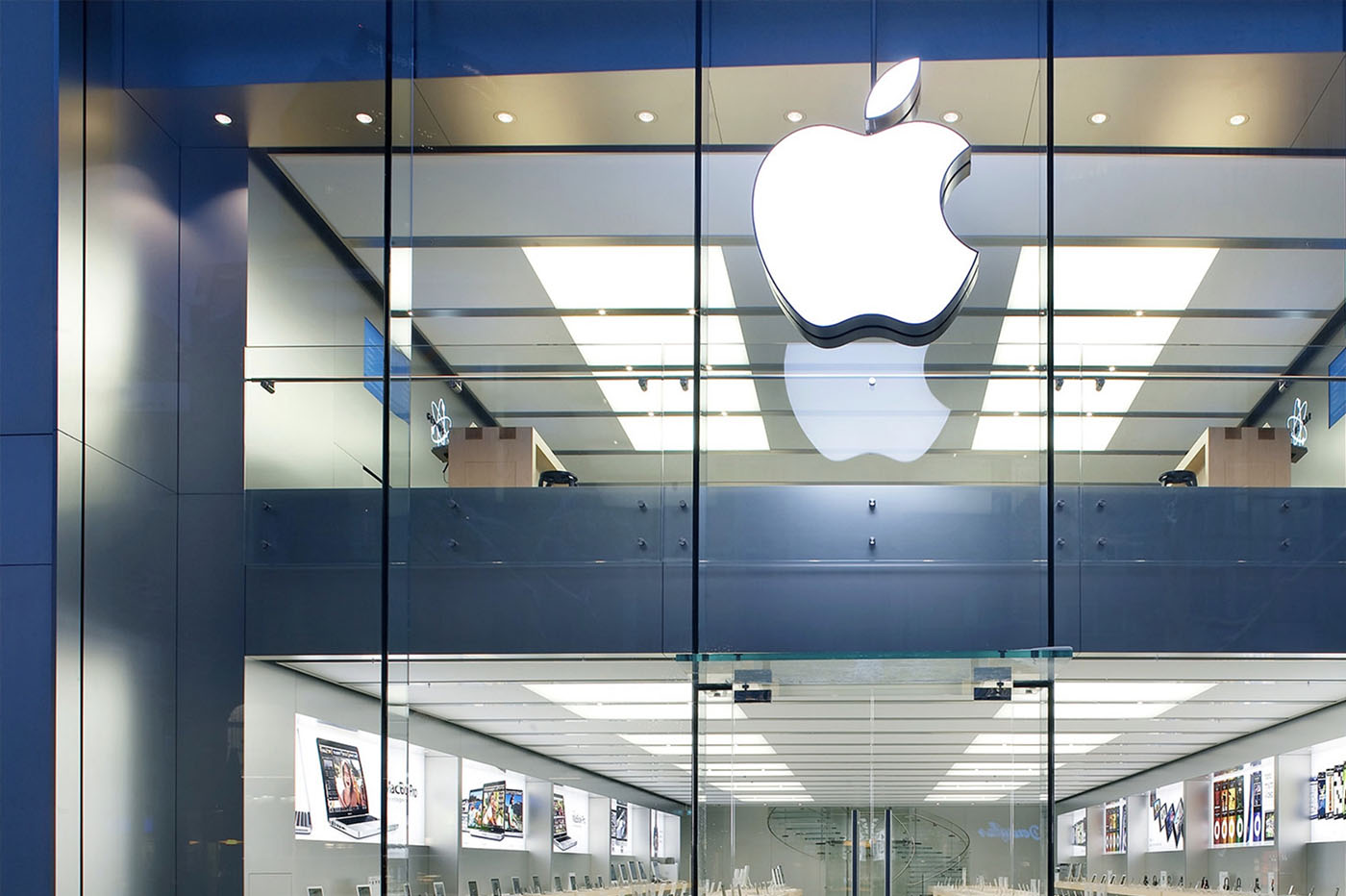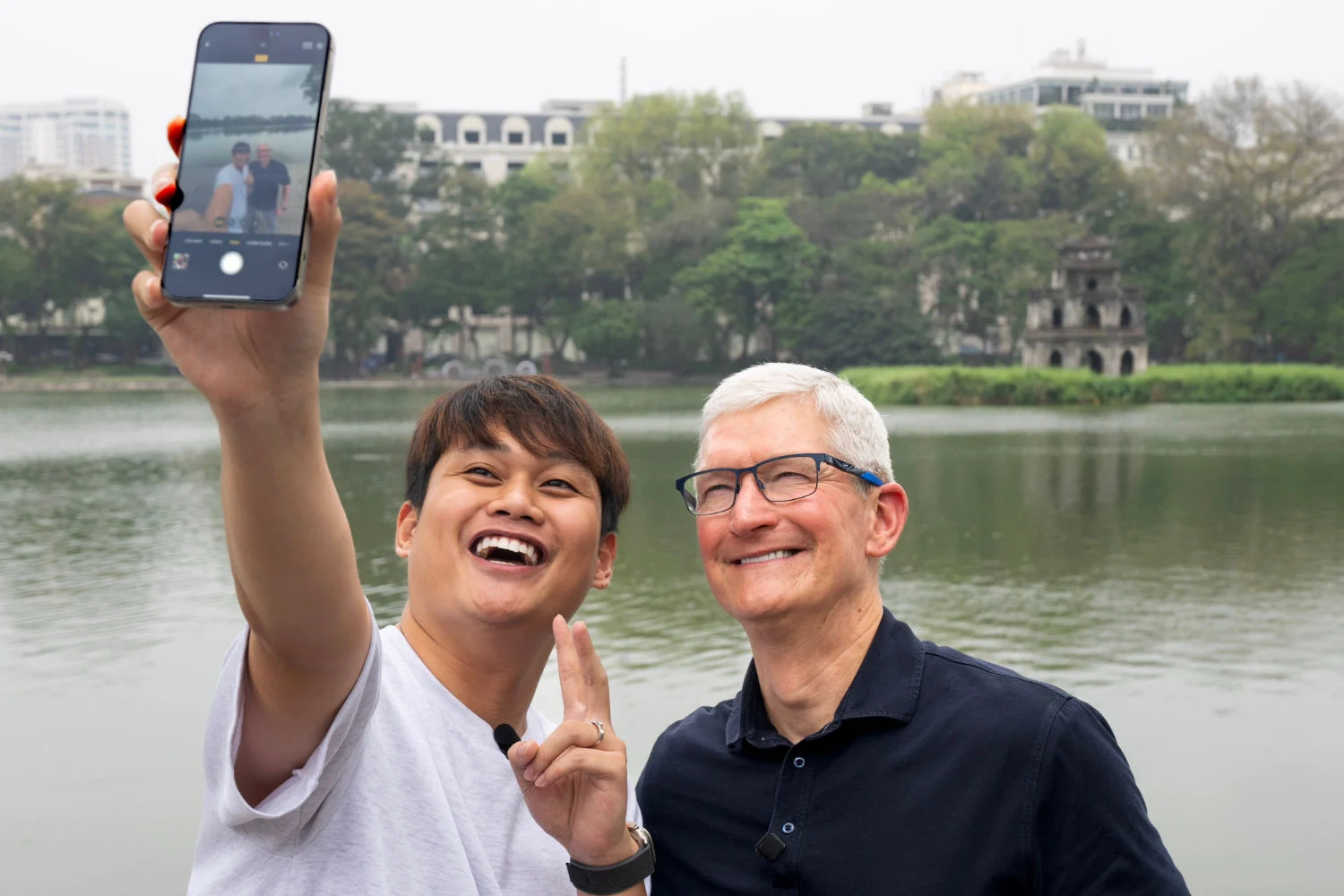The Cupertino giant has never precipitated its innovations, preferring to refine its technologies until perfection. A philosophy that she has always applied to her different devices, to which does not escapeOne of the most risky projectsthat she has undertaken in recent years: her famousiPhone pliant. Information confirmed a few days agoby analyst Ming-Chi Kuo, supplemented by technical characteristics which slowly start to emerge from Asian supply chains.
The future foldable iPhone: twice as fine as the iPhone 15 Pro?
The technical documents were revealedon xcancel(an online service which allows you to consult content without having a account on the platform) by the informant Jukanlosreve. According to him, the device in preparation would be fine, even very fine.Only 4.6 mm when the phone is deployed.
In comparison, aiPhone 15 ProMeasures 8.25 mm - almost double. Once folded,The phone would reach 9.2 mm, or roughly the thickness of an iPhone 4 of 2010.
The bearing structure would combineThree materials with complementary properties. First, the Grade 5 titanium, already used on the iPhone 15 Pro for its excellent resistance and lightness; Stainless steel 300 series, chosen for its rigidity and resistance to deformation; and carbon fiber with exceptional mechanical properties, with a resistance/weight ratio greater than that of steel.
A trio of noble materials that would allow this iPhone tomaintain its structural integrity while minimizing its thickness. A technical challenge that even the best Chinese or Korean manufacturers, however at the forefront of ultra-fine folding smartphones, have not yet noted (Samsung, Oppo, Xiaomi or Vivo).
Stacked battery, Samsung screen, premium hinge: Apple has put the package
The screen will be provided exclusively by SamsungAnd would adopt Ultra Thin Glass technology (already integrated into the Galaxy Z Flip and Galaxy Z Fold) covered with protection specifically developed for Apple. The hinge system, a centerpiece estimated at 110 dollars, would connect the two parts of the screen, each measuring 6.1 inches.
The photo part, on the other hand,would integrate Meta Lens technology; which makes it possible to create lenses of extreme finesse; Intended for the Face ID module, accompanied by a double rear sensor with hybrid-glass-glass-plastic optics.
The whole would be powered by a 5,000 mAh battery, broken down into two distinct cells, each protected by a stainless steel shell. A design already present onl’iPhone 16 Pro, but Apple would have opted this time toA stacked 3D architecture.
In a traditional battery, the different layers of materials (anode, cathode, separator) are arranged next to each other. The stacked 3D architecture is to stack these layers on top of each other, vertically. Result: a gain in space and autonomy.
Foxconn, Apple historic partner, would direct assembly in June 2025 forMass production at the end of 2025-early 2026. The sales objectives would oscillate between 8 and 10 million units in the first year, doubling in 2027 with the arrival of Luxshare as a second assembler.
According to the various information we have, which still remains at the rumor stage, the cost of components of the foldable iPhonewould be between 350 and $ 400. However, this figure is partial and probably underestimates the actual cost of manufacturing, because it does not take into account all the necessary components. It is therefore more than likelymay it be superior; let's wait for the next information to get a real idea andTake it all with tweezers.
- The foldable iPhone would be ultra-fine, using high-end materials such as titanium and carbon fiber.
- The device will integrate a Samsung screen, an advanced hinge and an innovative battery to optimize its autonomy.
- Production is planned for 2025, but the exact cost and the final specifications are still uncertain.

i-nfo.fr - Iphon.fr official app
Equal: AG Tescience






